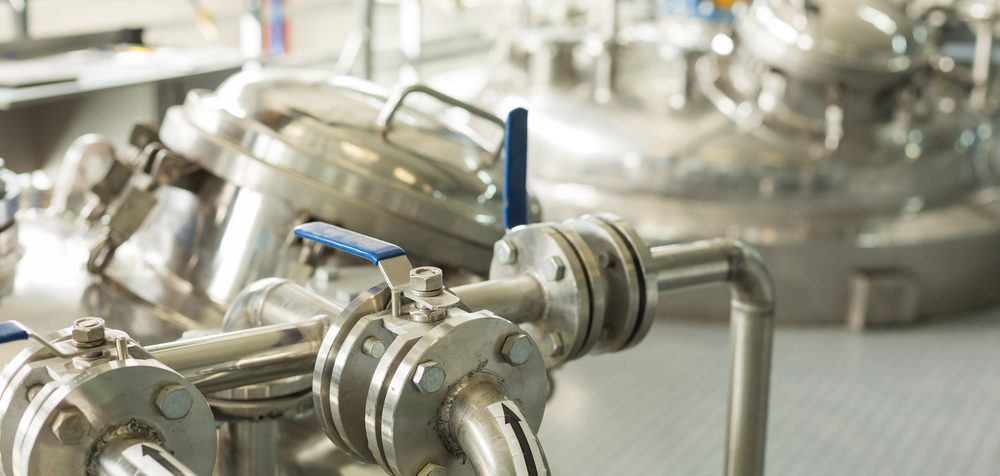
A joint research project has created a novel mechanochemistry method for the large-scale production of chemicals. The team included researchers with the Nanoscience Initiative at the Advanced Science Research Center at the CUNY Graduate Center (CUNY ASRC), the University of Pennsylvania, and the University of California-Merced. This new method has major implications for multiple manufacturing sectors, such as the production of pharmaceuticals and materials for a variety of medical and industrial purposes.
“This is a really exciting breakthrough, because the discovery makes mechanochemistry a reliable means of producing chemicals, and it allows us to do so without the harmful byproducts and large energy demands of current manufacturing techniques,” said the study’s lead author Adam Braunschweig.
Their technique uses organic chemistry and nanotechnology to push molecules together and create chemicals without the use of costly, toxic solvents. The study was able to measure the amount of force needed to create a predictable and reliable chemical reaction and show that mechanochemistry is a viable and scalable technique for manufacturing chemicals in a more sustainable, cost-efficient manner. The new technique can also be used to create new drugs and materials that can’t be created using current techniques that rely on solvents.
“When we pushed on the molecules, we found that they twisted into new, more reactive shapes that require less energy to combine and produce a desired chemical,” said first author Yerzhan Zholdassov.
Co-author Robert Carpick from the University of Pennsylvania stated, “This discovery was not possible without chemists teaming up with mechanical engineers in a truly cross-disciplinary way. The chemists were critical to designing and conducting the experiments, but we had to combine their forefront chemistry knowledge with advanced mechanics analysis to understand—through experiments and theory—how mechanical forces are accelerating chemical reactions here. The teamwork made the difference.”
